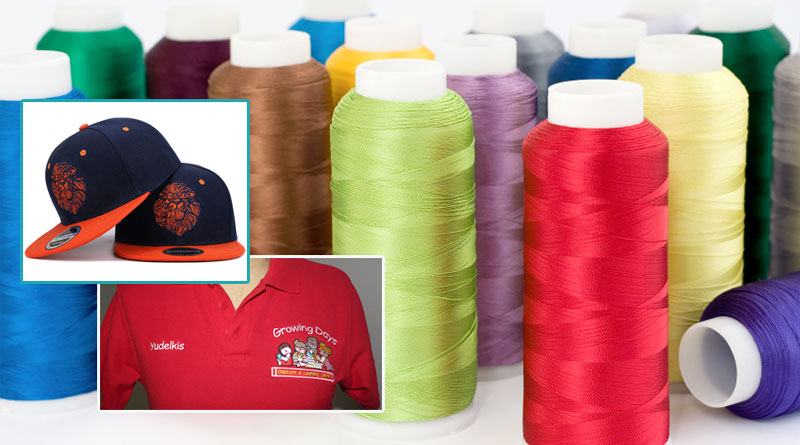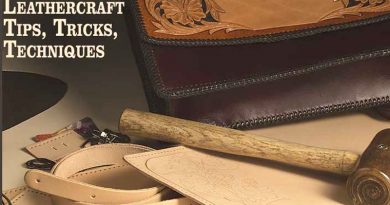Custom Embroidery Tips For Your Business
There are important considerations you have to bear in mind before creating or ordering your own, custom embroidery designs. For D-I-Y (Do-it-yourself) people, it is easy to get yourself a hi-tech embroidery machine complete with digitized programs, but the quality of your work will depend on your own artistic instincts and knowledge of specific embroidery techniques.
In order to create a high quality embroidery product, there are a few basic, but significant components that you have to watch out for when creating your own embroidery. These include:
The Thread:
The two main types of embroidery threads are Polyester and Rayon. Though the best looking designs are stitched with Rayon, Polyester is much sturdier than the former. This is because Rayon is very thin in comparison to other thread types, which also makes it hard to adjust tension.
The color of the thread also has to complement the colors in the embroidery design, along with the color of the fabric. Remember that threads can also appear to be of different shades of color depending upon the angle from which they are viewed. So choose accordingly. For example, less contrast between the colors of the fabric and the design can hide small flaws.
Stitches:
Fill-stitches form different patterns and stitch directions, and cover large areas. Too many stitches will create small gaps and too few will show through the design. So decide what type of design will be most appropriate for your Fill Stitch. Keep in mind that fabric tends to absorb small stitches, so they should be avoided.
Underlay stitches, though often overlooked, plays an important part in the final embroidery quality and design. This is because they stabilize the material held in the embroidery frame. The method in which underlay stitches are sewn into the material also paves the way for the top stitches.
Backing Materials:
The amount of stability and support provided by backing materials often determines the quality of the finished product. Backing materials like Cutaways and Tearaways should be chosen according to the type of garment or fabric used. For example, cutaway backings are ideal for knit fabrics. Tearaways can be great for those who want work quickly done because they are the easiest to use.
The Topping:
Toppings prevent fibers from getting caught in between stitches on some rough textured fabrics such as Fleece. This is made possible by stitching the embroidery through the topping, the fabric, and the backing material. Topping such as water-soluble films, when laid over stitches-observing fabric types prevent embroidery stitches from sinking into the fabric.
Locations:
The most noticeable area of the garment should be chosen as the central location of the embroidery design. However, this may be modified according to the type of garment on which the embroidery is to be applied. For example, the primary location for Short Sleeve Shirts and Long Sleeve Shirts is the Left Chest, but secondary location for Short Sleeves is more appropriate on the Left Arm; while for Long Sleeves, Center Back location looks better.
![]()
Learn how to Price your Embroidery or Dressmaking crafts
Learn how to set up your Craft Business from Home. Charge for any service. We have Included Our Windows Software.
- By the end of this course you will be able to calculate your most profitable Charge Out Rate and never work without making profit.
- You will know how to install the Price For Profit Software and WP Plugin and how to use it to manage your business.





